Dissecting the Intricate World of Complicated Chronographs
From the simplest to the most complex, the chronograph remains one of the most popular complications.
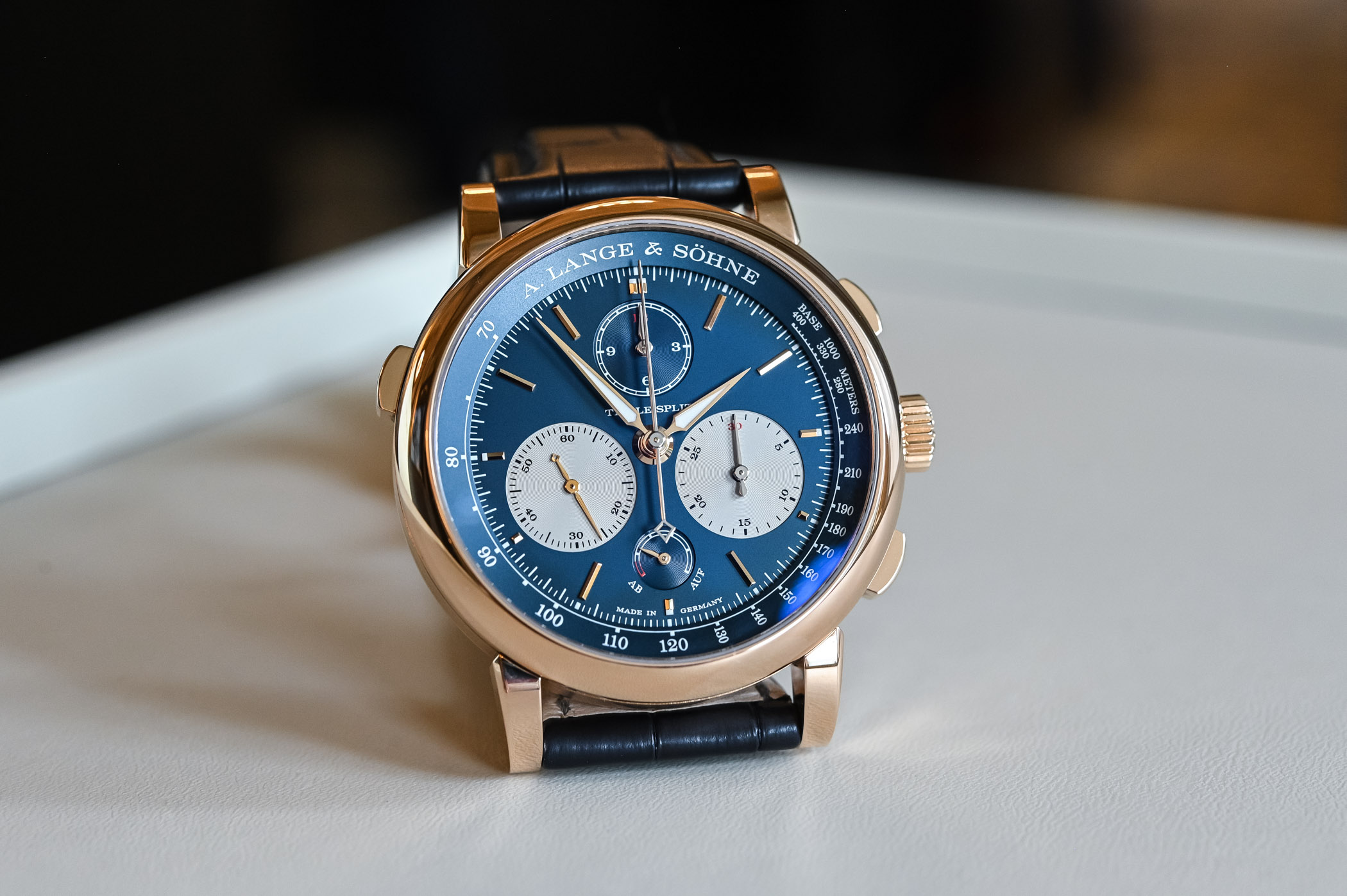
Dive watches, pilot watches or luxury sports watches are some of the most popular types of watches, but when it comes to complications, the chronograph probably reigns supreme. However, even in the field of chronograph watches, there are a lot of differences to be found! With that in mind, we go beyond simple manual and automatic chronographs and dissect seven complex ways to measure elapsed time.
MONOPUSheR – Cartier Tortue monopoussoir chronograph
We start things simple, in looks at least, with the monopoussoir or monopusher chronograph. The name is pretty self-explanatory, as a monopusher chronograph uses a single button to start, stop and reset the chronograph function. We’ve gone for the lovely Cartier Tortue Monopusher, modelled after one of the most coveted vintage watches from the Collection Privée Cartier Paris collection. The calibre 1928 MC follows the shape of the case beautifully, and the watch is worn on an alligator leather strap (as it should be). Available in a run of 200 pieces in gold and 200 pieces in platinum, it costs EUR 46,000 in gold or EUR 53,600 in platinum.
For more information, please visit Cartier.com.
Quick Facts – 34.8mm x 43.7mm x 10.2mm – platinum or gold case – ruby or sapphire cabochon crown – sapphire crystal front & back – 30m water-resistant – silvered opaline or grained gold-finished dial – Roman numerals – two-register chronograph layout – calibre 1928 MC, proprietary movement – hand-wound monopusher chronograph – 28,800vph – 44h power reserve – alligator leather strap – limited to 200 pieces each – EUR 46,000 (gold) – EUR 53,600 (platinum)
Retrograde – Jacob & Co. Jean Bugatti tourbillon Chronograph
The retrograde chronograph is quite rare as we don’t see many of them where the hands jump back after completing their path. One of the most standout ones, for many reasons, is the Jacob & Co. Jean Bugatti Tourbillon Chronograph. This has an ultra-complex movement that indicates running time on the periphery and puts the chronograph in the dead centre of the watch. Two retrograde hands indicate the seconds and tens of seconds, with the minutes nestled in between the two tourbillon escapements. Jacob & Co. limits it to 47 pieces in white gold and another 57 in rose gold, and it costs a whopping USD 250,000.
For more information, please visit Jacobandco.com.
Quick Facts – 46mm x 16mm – white or rose gold case – sapphire crystal front & back – 30m water-resistant – cream-white or blue dial – rose gold chronograph counters & numerals – smoked sapphire over tourbillons – calibre Jacob & Co. JCFM09 – manual winding – peripheral time indications, central chronograph indication – dual flying tourbillon escapement – split chronograph hands – digital minutes indication – blue or black alligator leather strap – limited to 57 pieces per colourway – USD 250,000
Split-Seconds – TAG Heuer Monaco split-seconds chronograph
One of the more common (relatively speaking) chronographs with some extra complexity is the rattrapante or split-second chronograph. This cleverly splits the seconds with a single push of a button, allowing you to track two events simultaneously. In a race, for instance, you can time two competitors, splitting the seconds hands when the first athlete crosses the line and stopping the second timing when the second athlete completes his race. TAG Heuer recently introduced such a chronograph inside its legendary Monaco, which comes in black and red or black and blue. The price is rather steep, at EUR 135,000.
For more information, please visit TAGHeuer.com.
Quick Facts – 41mm x 41mm x 15.2mm titanium and sapphire crystal case (with or without DLC coating) – sapphire crystals front and back – openworked sapphire dial with black or gradient blue DLC titanium arches – calibre TH81-00 (made with Vaucher), automatic split-seconds chronograph with column wheels – 5Hz frequency, 65h power reserve – calfskin strap embossed with a fabric pattern, titanium butterfly folding clasp with fine adjustment – reference CBW2181.FC8322 (red) or CBW2182.FC8339 (blue) – EUR 135,000
High-beat – Zenith Defy Skyline Chronograph
While the El Primero chronograph movement is a true icon, it’s also quite an old design at heart. And yes, it is a “common” chronograph in the sense that it’s a three-register automatic. So, why does it matter here? For the simple fact that it runs at a higher frequency compared to the vast majority of other chronographs. Its 5Hz rate gives it the ability to measure time down to 1/10th of a second and sends the chronograph seconds hand flying around the dial! This year, Zenith introduced it in the Defy Skyline collection, the brand’s edgy luxury sports watch. Three colourways are available, fitted to either a steel bracelet or a rubber strap, with a sticker price of CHF 11,900.
For more information, please visit Zenith-Watches.com.
Quick Facts – 42mm stainless steel case – sapphire crystals front and back – black, blue, or silver dial with embossed starry pattern – El Primero calibre 3600, in-house, automatic column-wheel chronograph with 1/10th of a second central hand – 5Hz frequency, 60h power reserve – stainless steel bracelet and textured rubber strap included, with easy-change system – reference 03.9500.3600/51.I001 (blue), 03.9500.3600/01.I001 (silver) and 03.9500.3600/21.I001 (black) – EUR 13,900
Flyback – Breguet Type 20/XX
Another example of a practical and often-seen complex chronograph is the flyback, and the Breguet Type 20 (or XX) is perhaps the most famous iteration of such a complication. A flyback chronograph might look straightforward but it has one clever little trick up its sleeve. While running, you can instantly reset it to zero and start the timing all over again without the need to stop and reset it first. This cuts out valuable time losses when manipulating the pushers in a non-flyback chronograph. The latest versions of the iconic Type 20 and XX by Breguet were introduced last year and retail for EUR 19,100 each.
For more information, please visit Breguet.com.
Quick Facts – 42mm x 14.1mm – stainless steel case, brushed & polished – bidirectional bezel with triangular marker or 12-hour scale – sapphire crystal front & back – 100m water-resistant – black dial with beige or mint green numerals and hands – calibre 7281 (Type 20) or 728 (Type XX), in-house – integrated automatic flyback chronograph with column wheel & vertical clutch – 5Hz frequency – 60h power reserve – two or three-register layouts – black or brown calfskin and black fabric NATO-style straps – permanent collection – EUR 19,100
Spring Drive – Grand Seiko spring drive chronograph GMT tokyo lion SBGC275
In terms of functionality, the Grand Seiko Spring Drive Chronograph GMT Tokyo Lion SBGC275 operates like most common chronographs. But, the biggest difference is the use of the brand’s famous Spring Drive technology, merging the best of mechanical and quartz watchmaking into a single high-performance hybrid movement. This means that not only does the running seconds hand sweep over its sub-dial without any visible steps, but the central chronograph does so, too! All this is visible over the spectacular ‘Morgenrot’ red dial and set in an angular high-intensity titanium case. Limited to 700 pieces, it will set you back EUR 14,000.
For more information, please visit Grand-Seiko.com.
Quick Facts – 44.5mm x 16.8mm – high-intensity angular titanium case – brushed & Zaratsu polished – fixed 24h bezel – sapphire crystal front & back – 200m water-resistant – Morgenrot red dial, textured – markers & hands with LumiBrite – calibre 9R96, in-house – automatic column-wheel chronograph – Spring-Drive hybrid technology – 72h power reserve – hours, minutes, small seconds, independent 24-hour hand, date, chronograph, power reserve indication – adjusted to an accuracy of ±.5 seconds per day – high-intensity titanium bracelet with folding clasp – limited to 700 pieces – EUR 14,000
the crown jewel – A. Lange & Söhne Triple Split
While a rattrapante splits the chronograph seconds in two, there’s a step or two beyond this point. A. Lange & Söhne knows just how to do that as it not only builds split-second chronographs but also a double split chronograph that can measure two independent events down to the minutes. But the absolute crown jewel has to be the A. Lange & Söhne Triple Split. It says exactly what it does, as the triple split is the only watch capable of splitting the seconds, minutes and hours for the chronograph! This remarkable feat of engineering doesn’t come cheap, as it is currently listed as “price upon request”. The last communicated price for this rose gold and blue edition was EUR 159,400. A monumental price for an equally monumental chronograph!
For more information, please visit ALange-Soehne.com.
Quick Facts – 43.2mm x 15.6mm – 18k pink gold case, satin-brushed and polished – sapphire crystal on both sides – solid silver dial finished in blue – contrasting sub-dials – applied and polished indices in gold – pink gold hours, minutes and small seconds hands – rhodium-plated and pink gold hands for the chronograph displays – calibre L132.1, in-house – manual winding – 567 components – 46 jewels – 21,600vph – 55h power reserve – hours, minutes, seconds, triple rattrapante chronograph with flyback function – power reserve indication – blue alligator leather strap with pink gold buckle – limited edition of 100 pieces – EUR 159,400


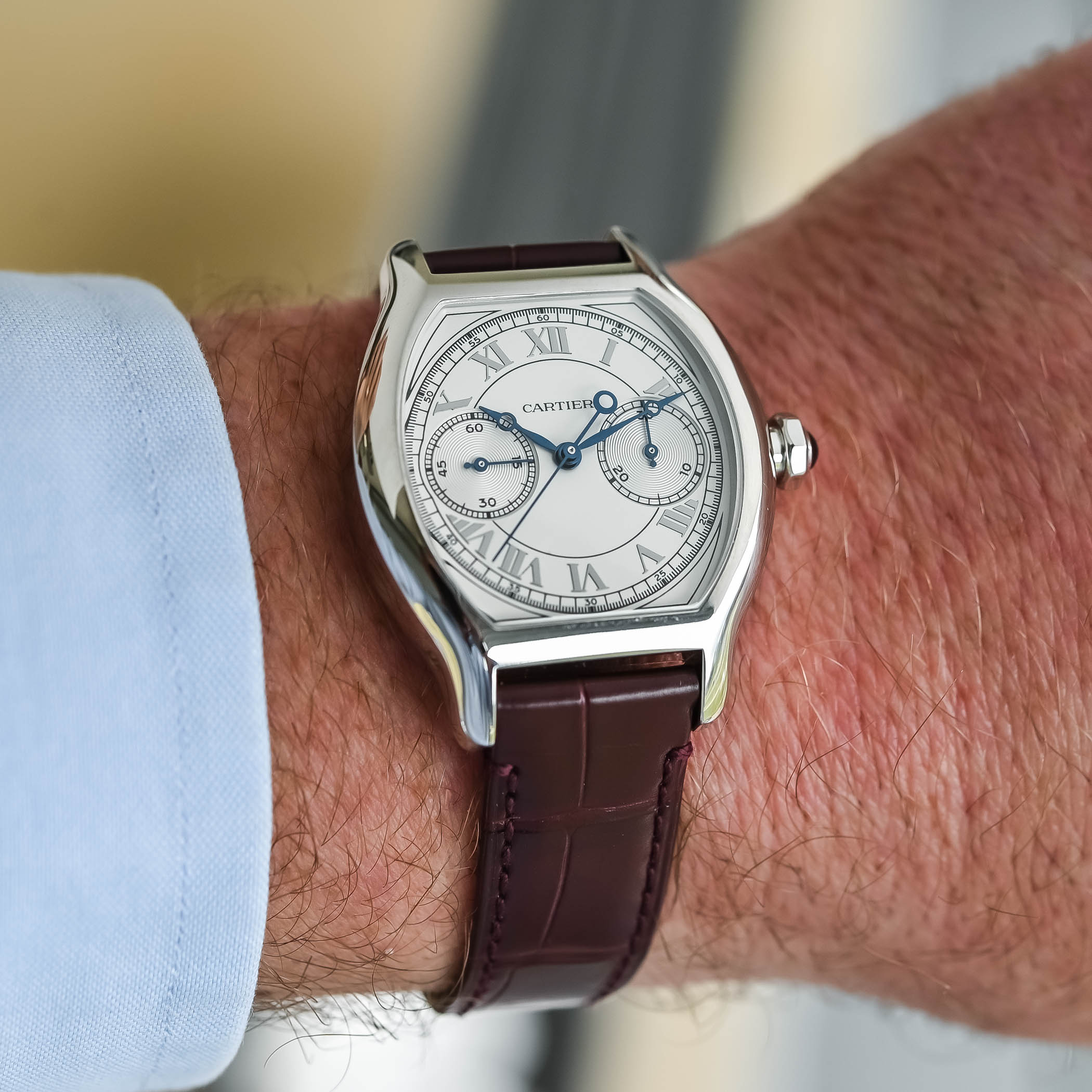
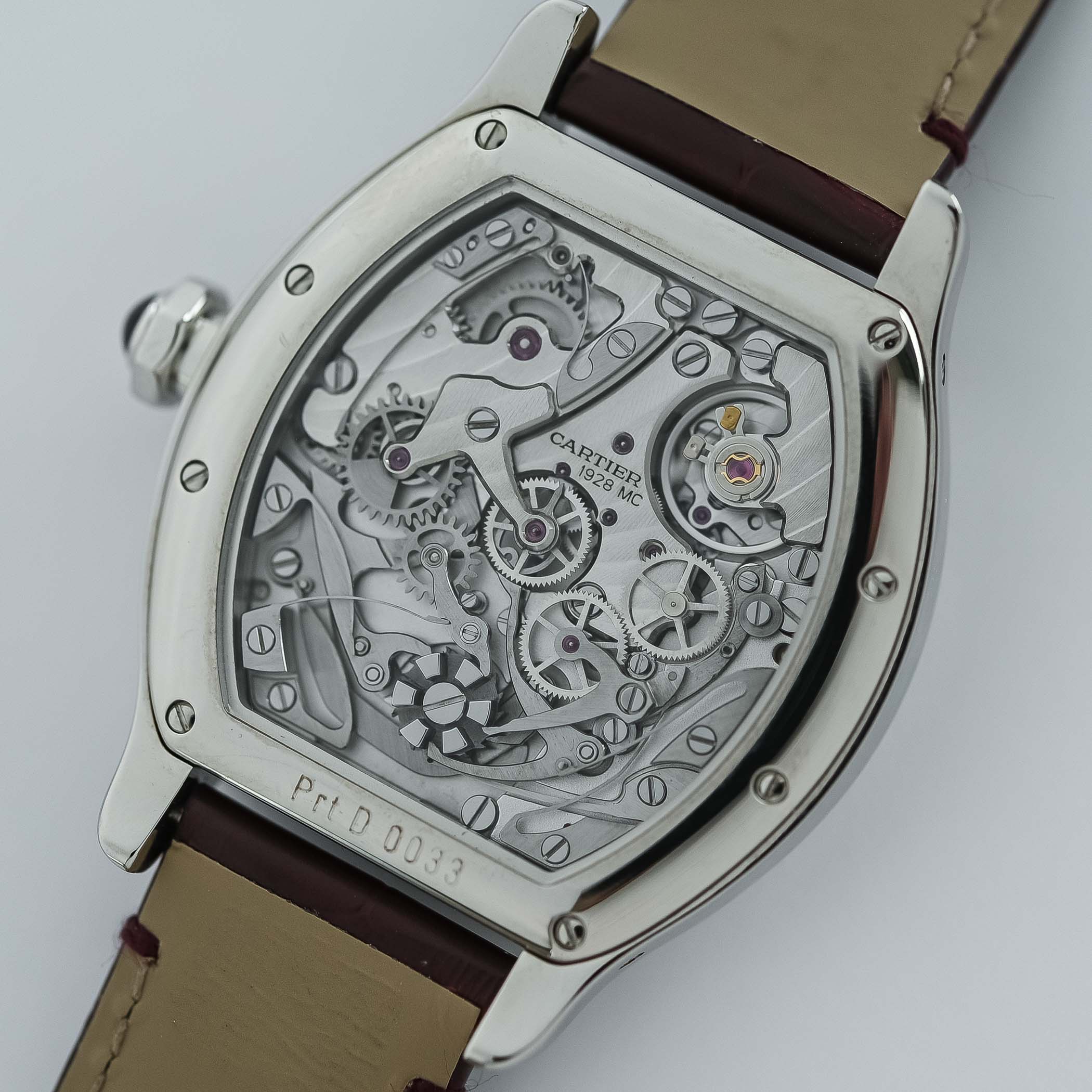
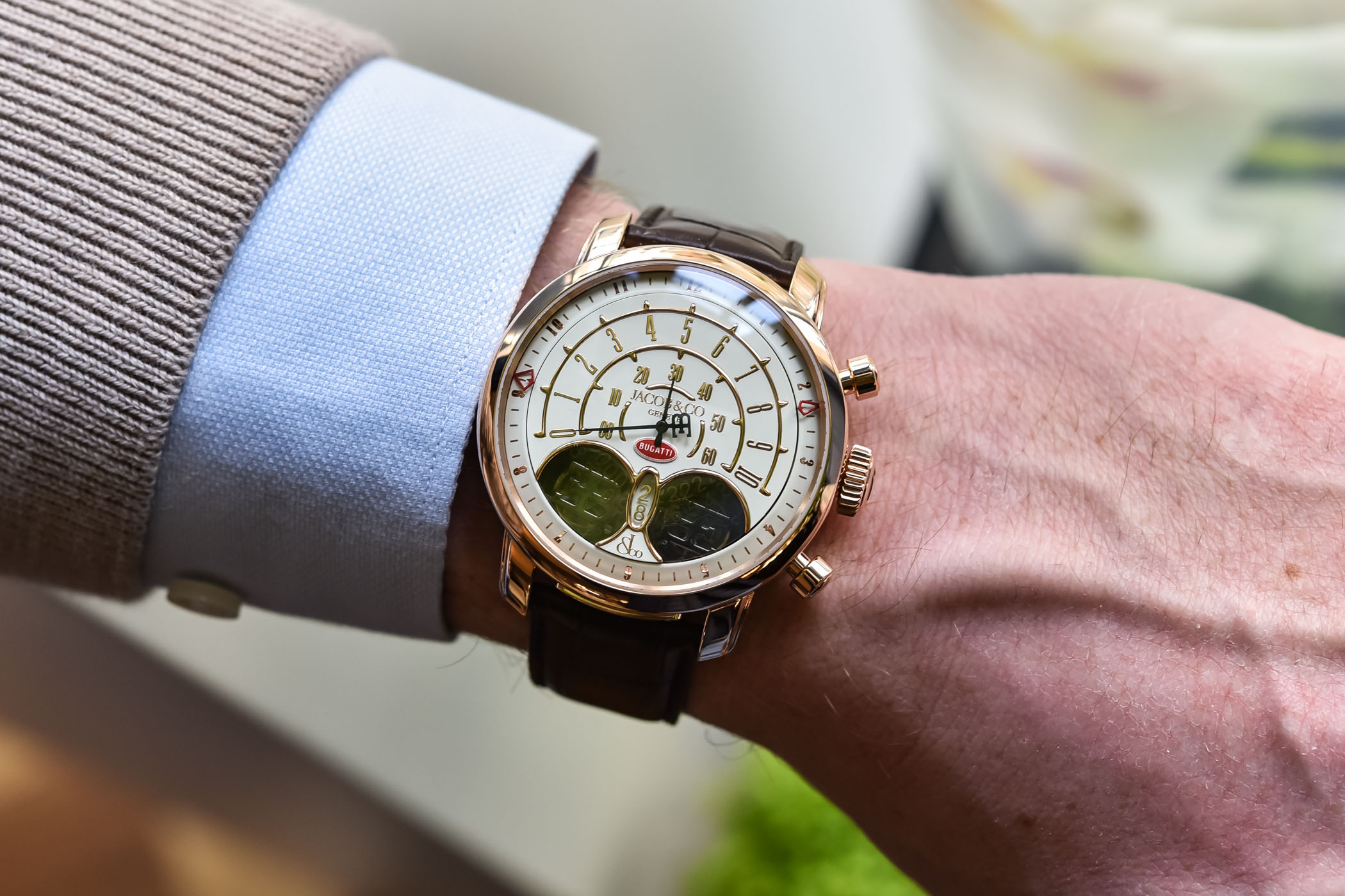
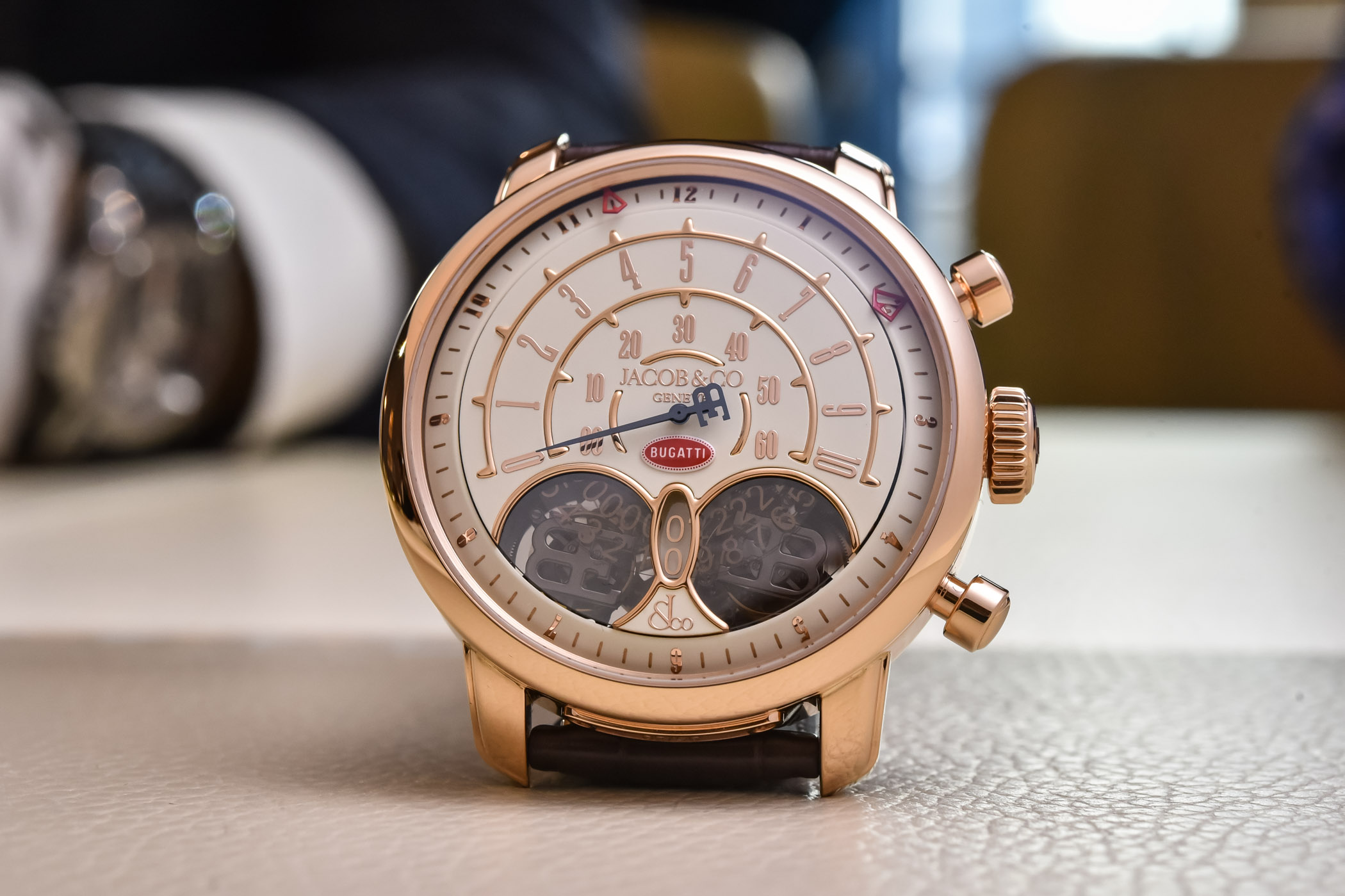

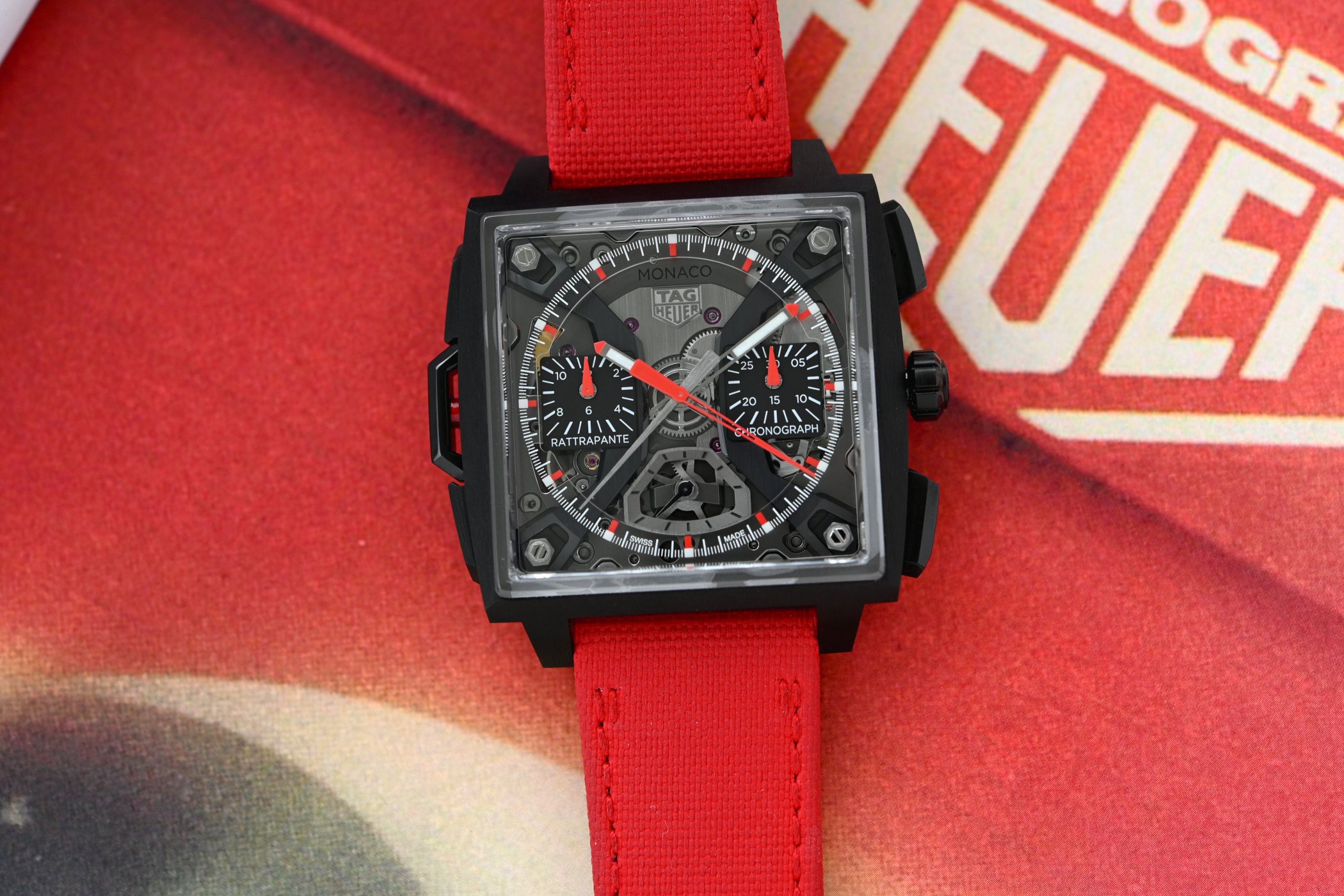
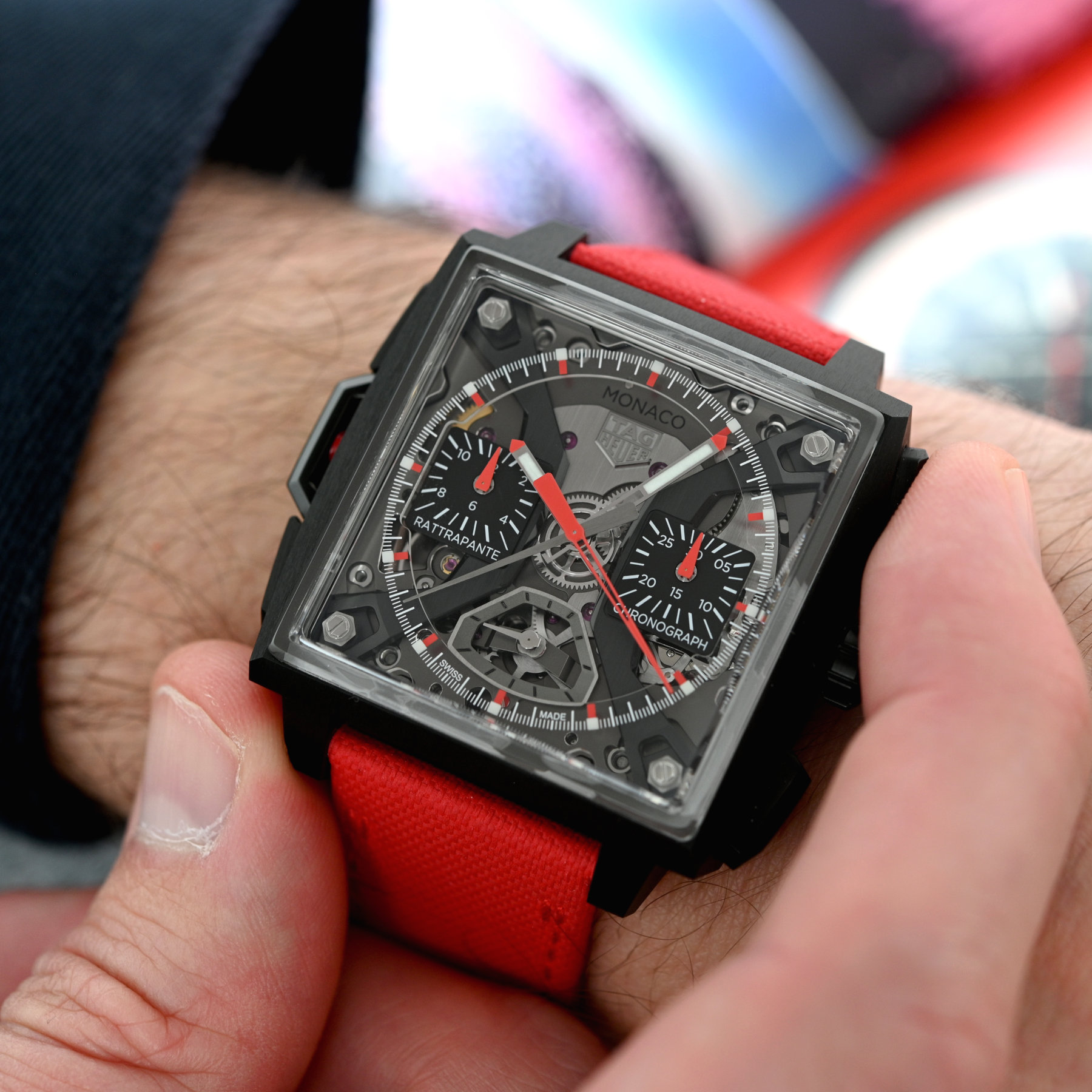
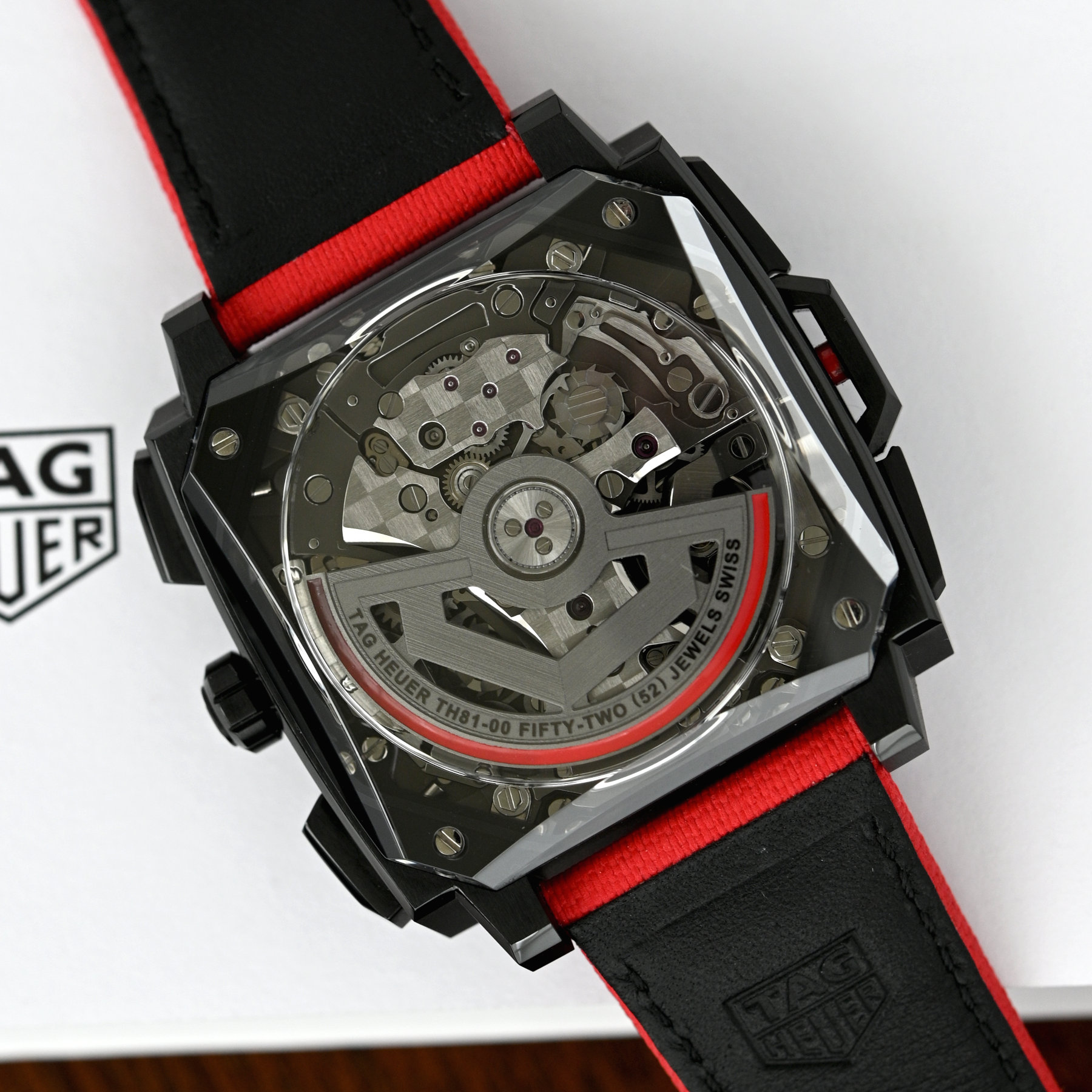
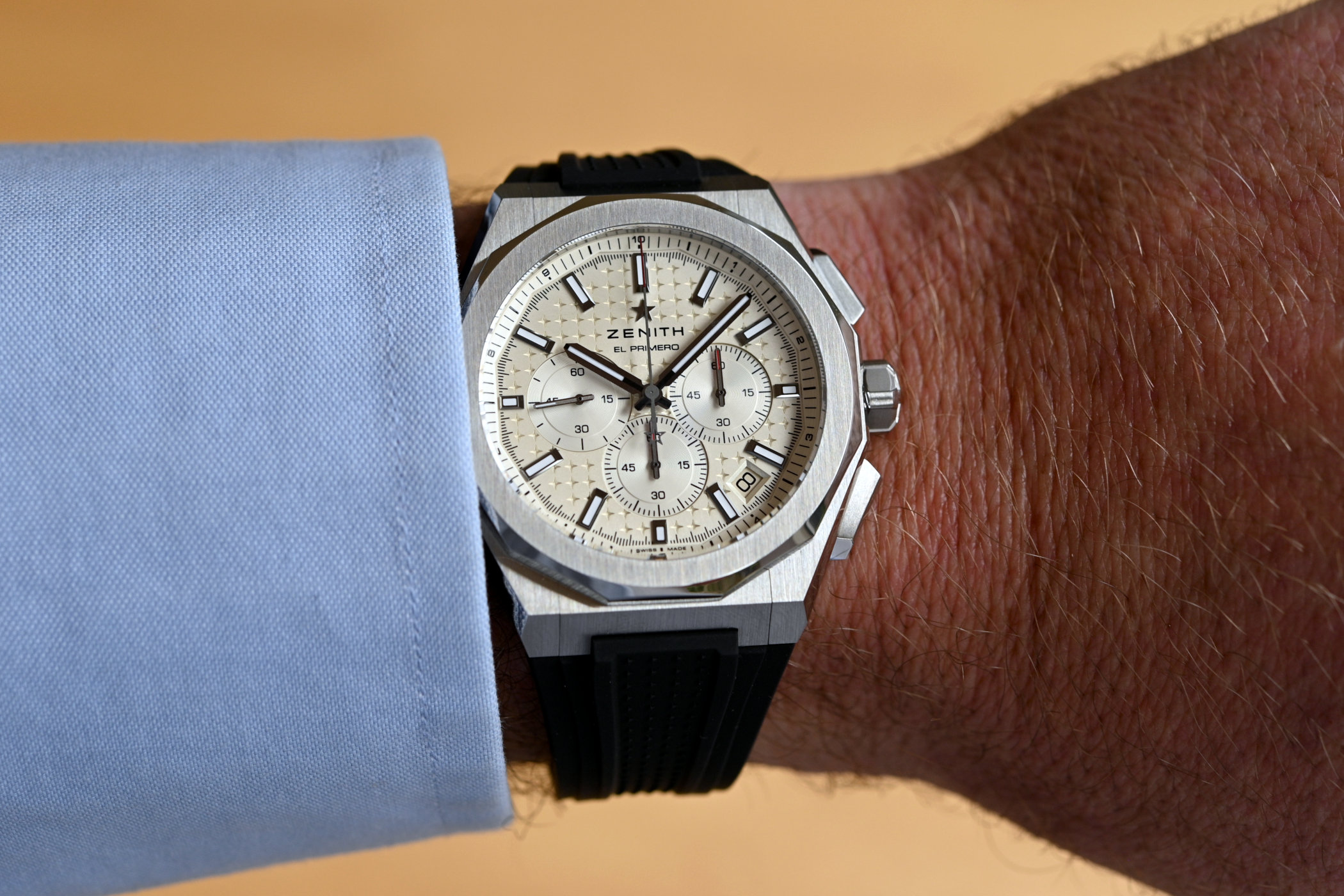
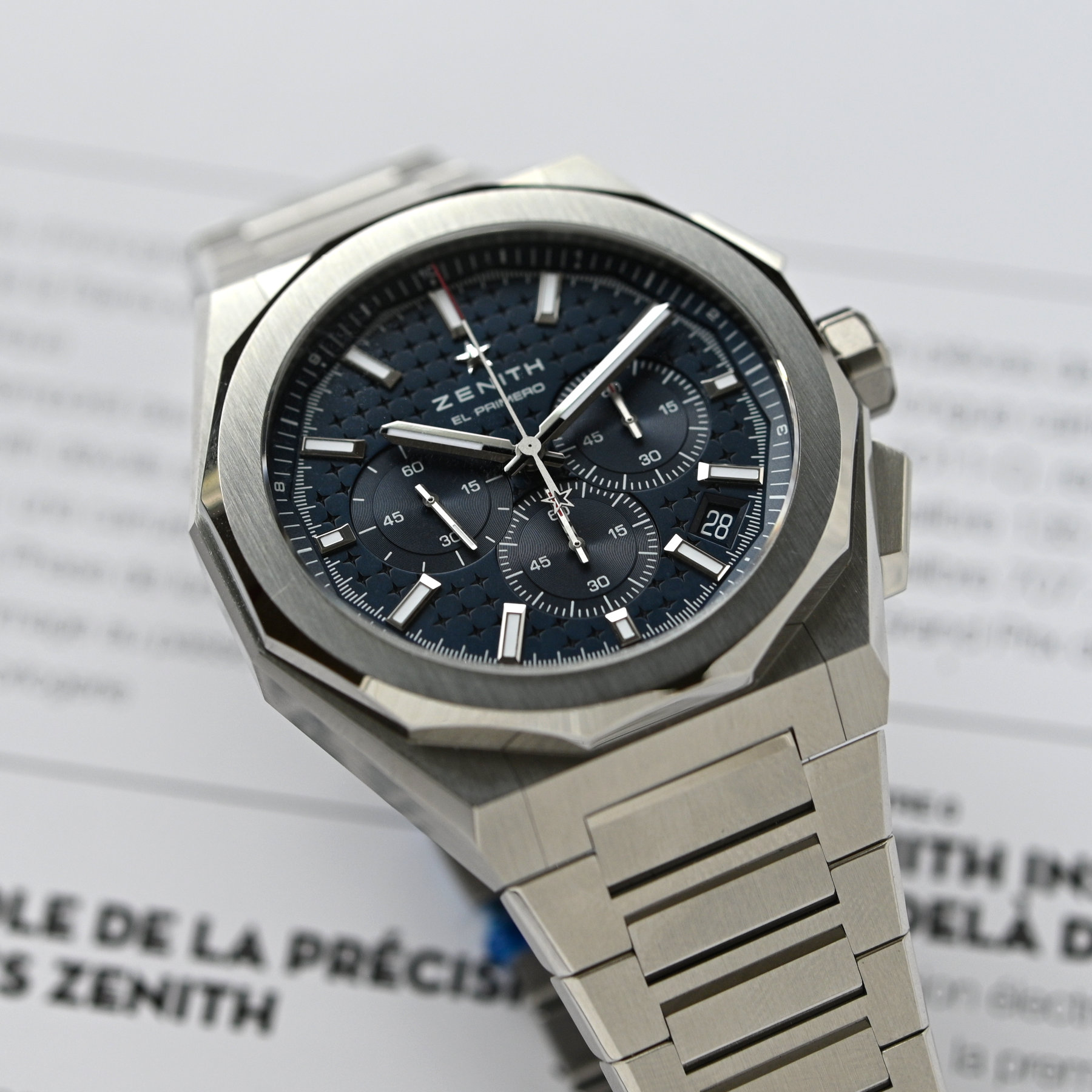
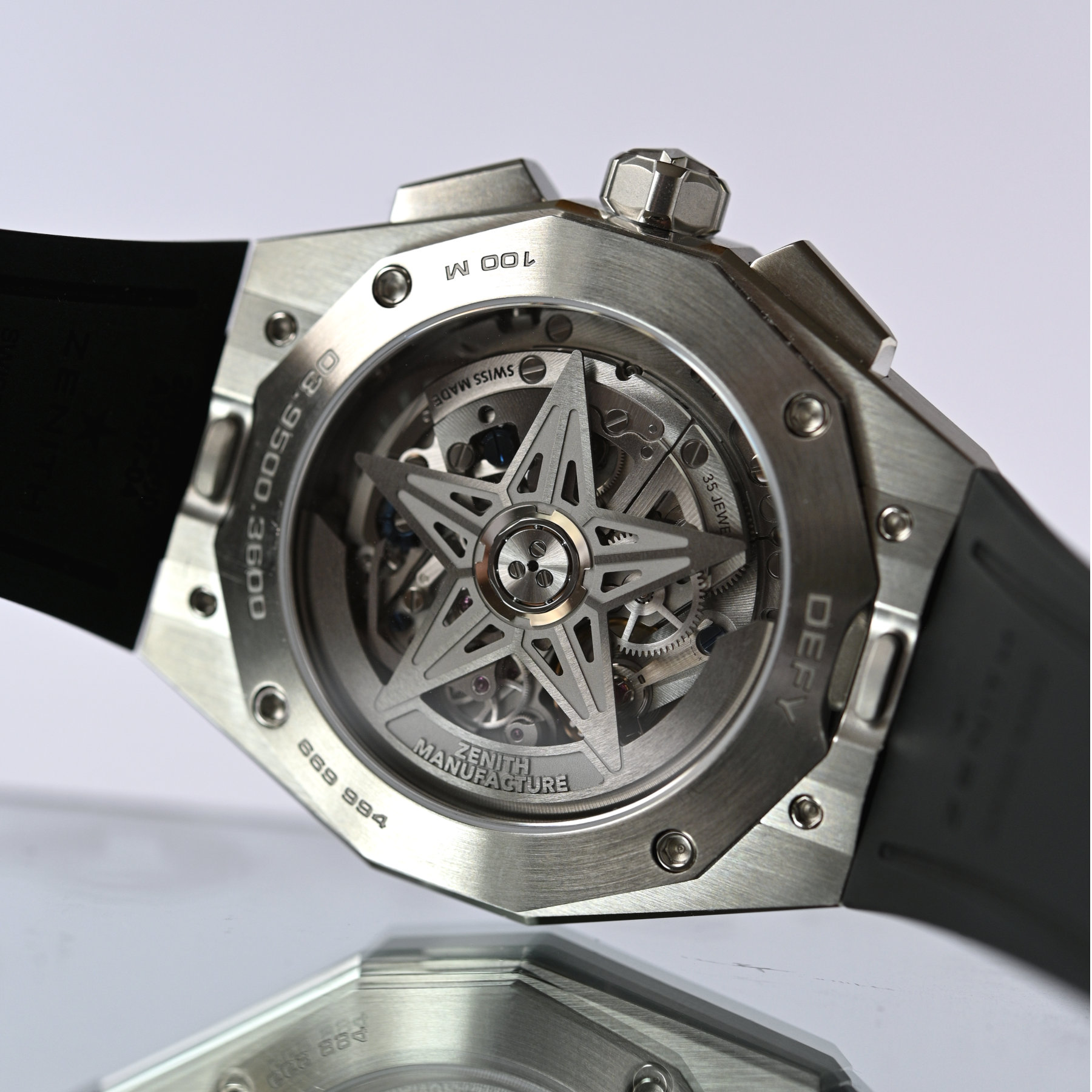
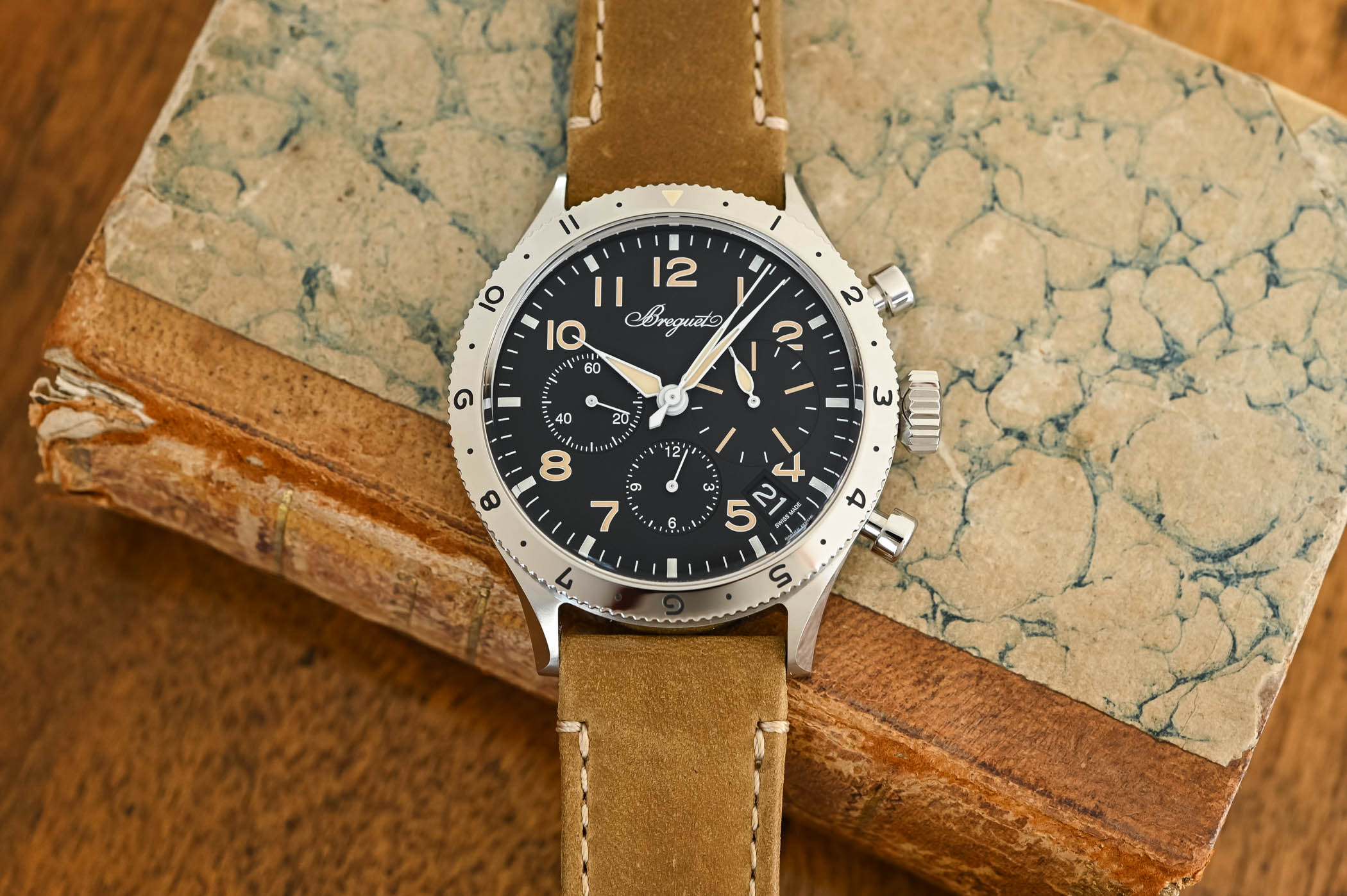
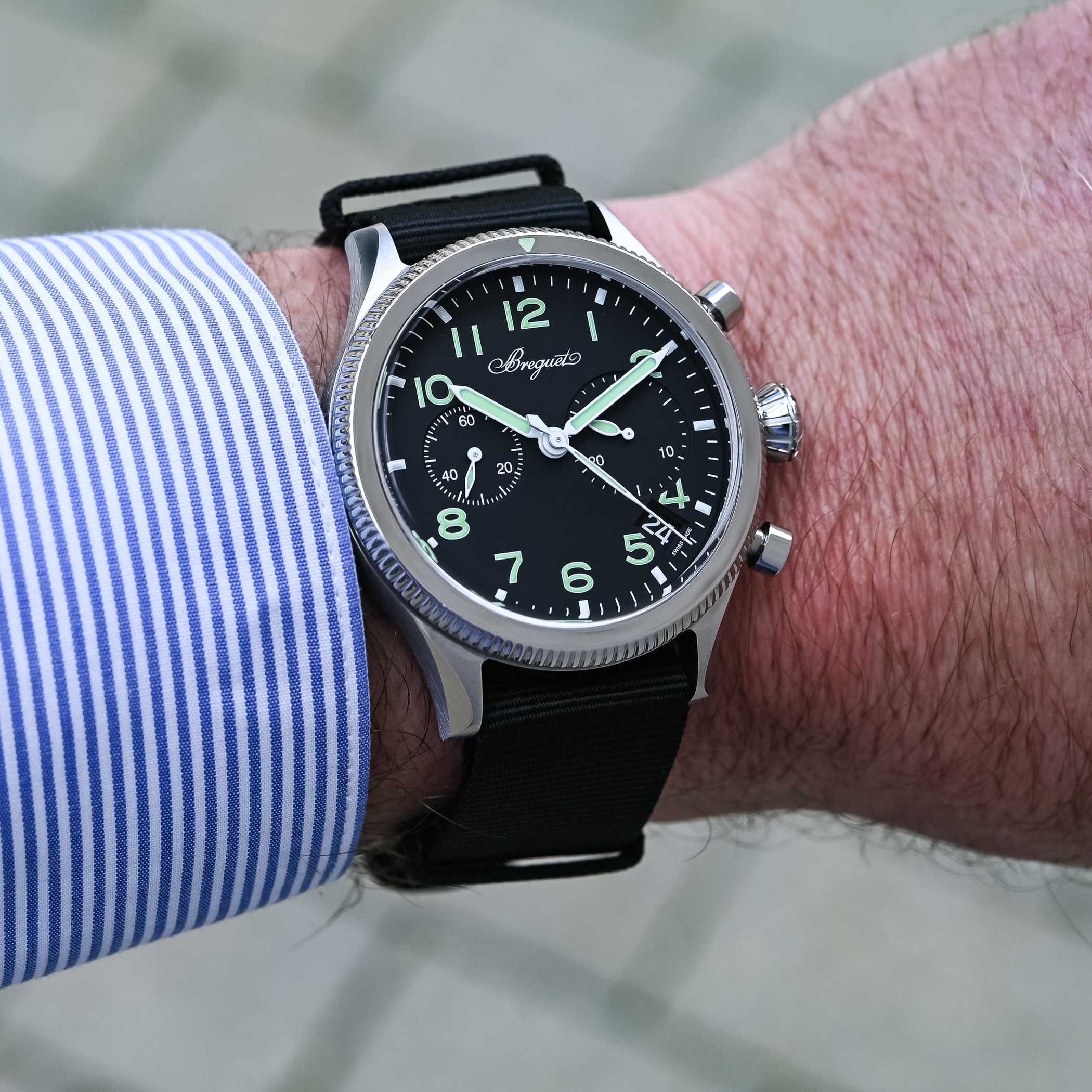


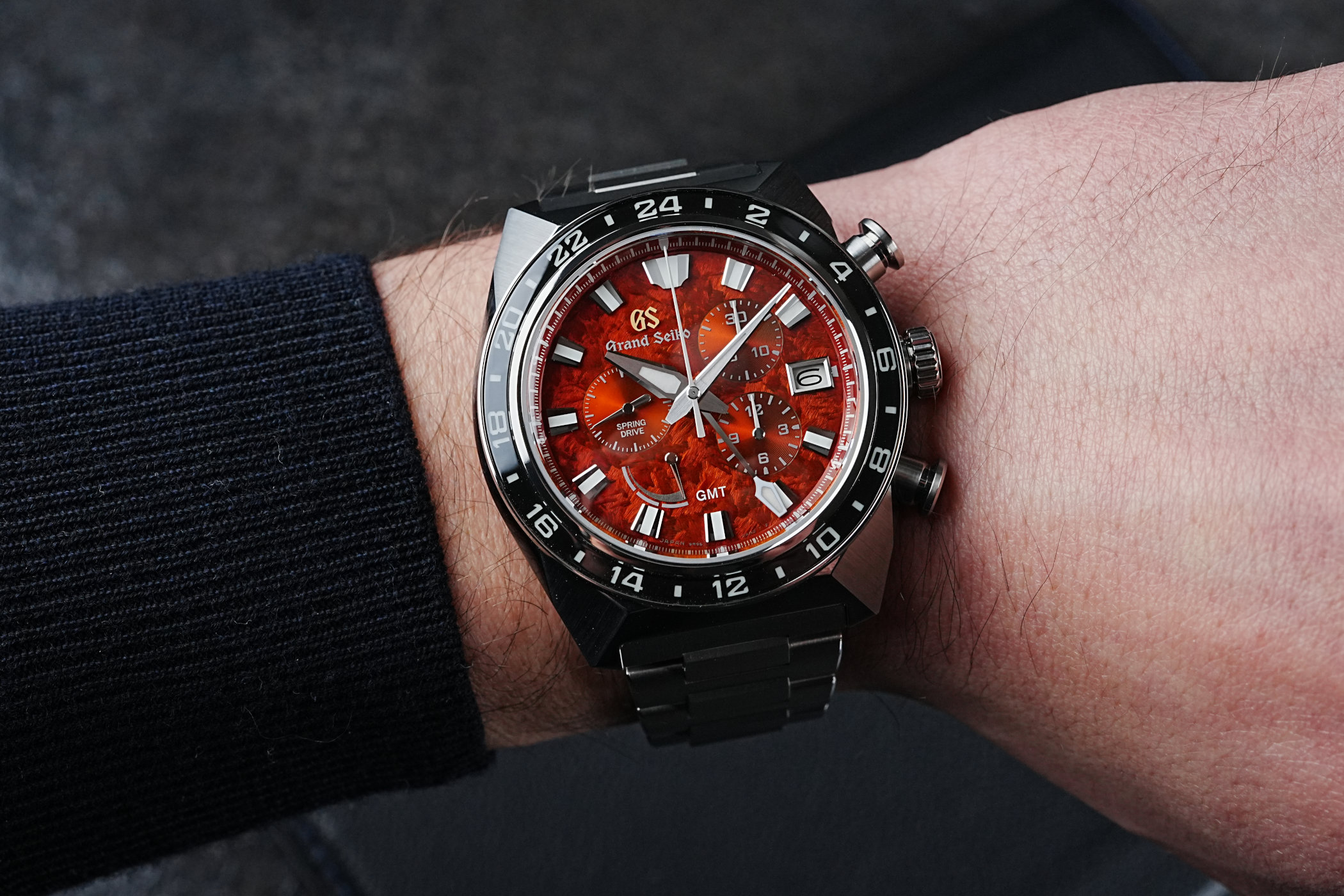

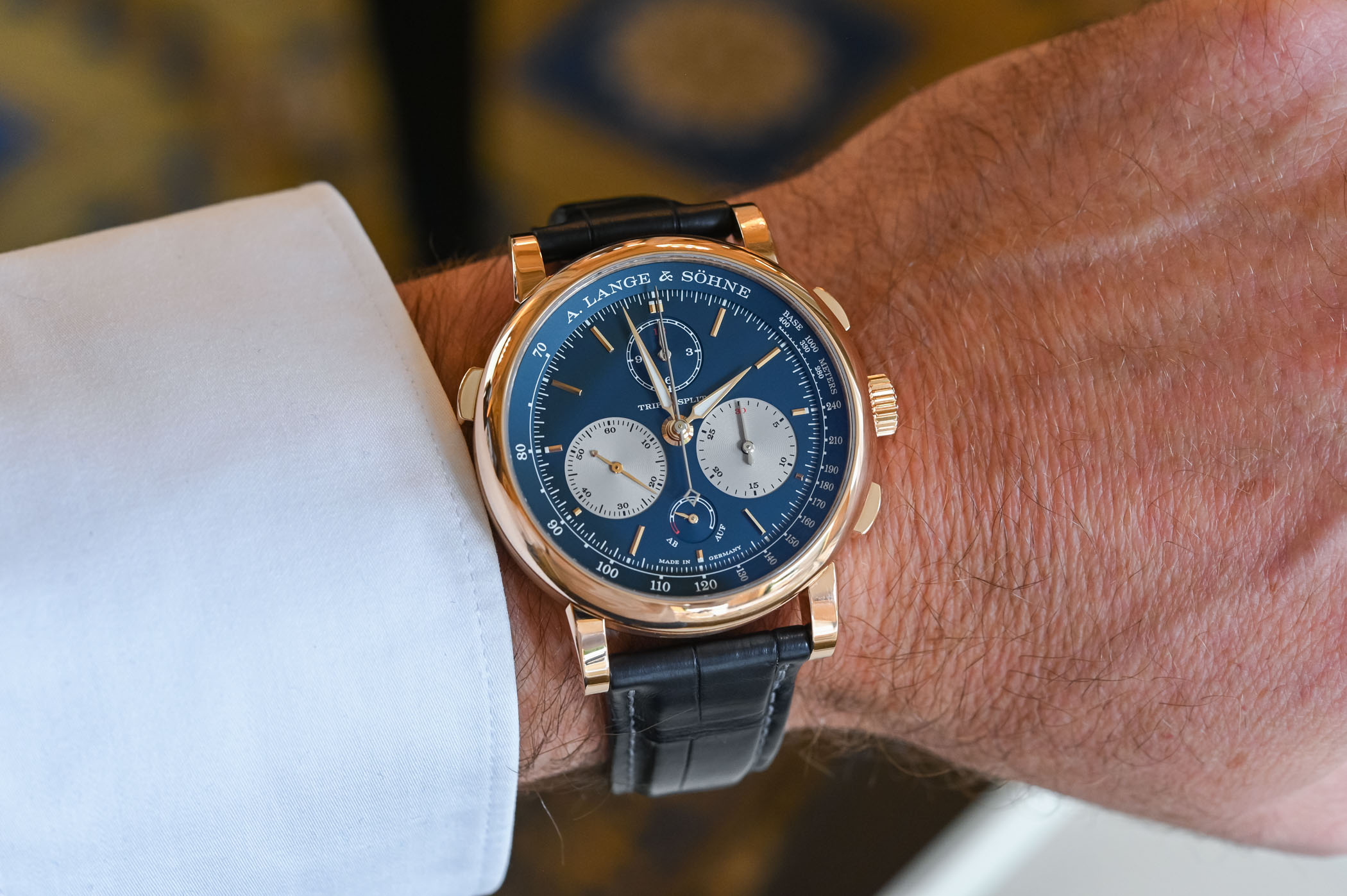
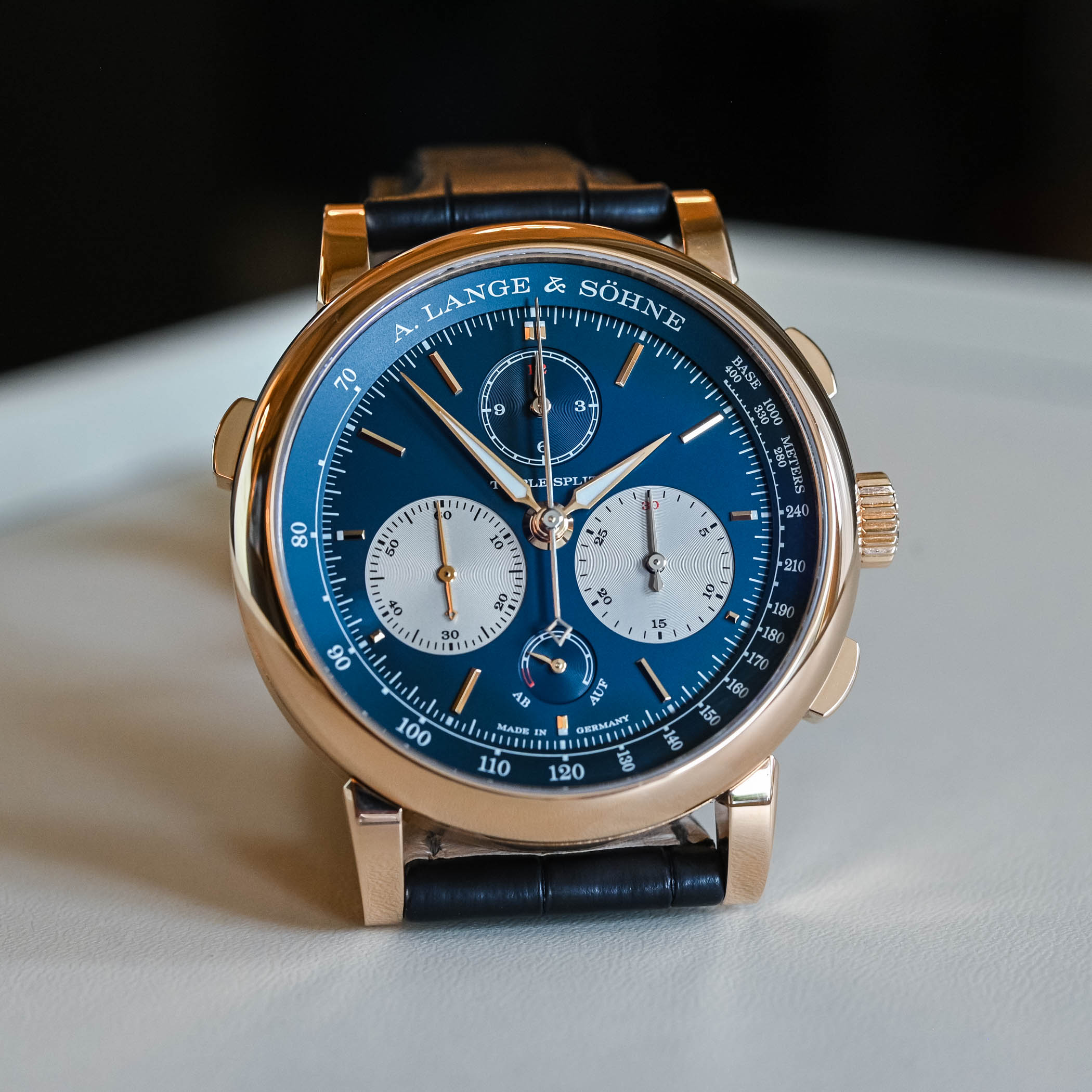
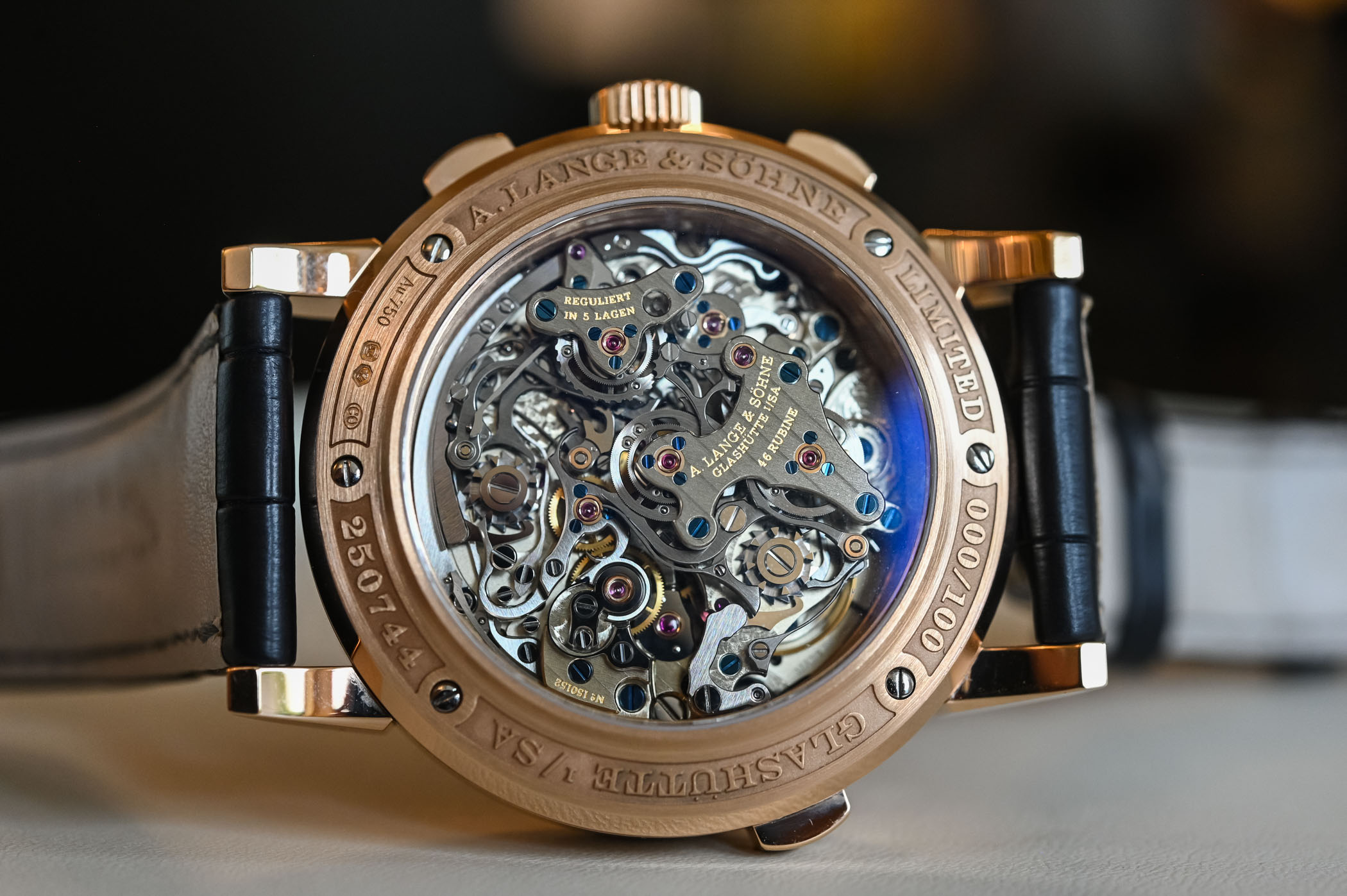



1 response
It‘s crazy that the most sophisticated chronograph in the world costs 100,000 € less than something that has written „Bugatti“ ob it …